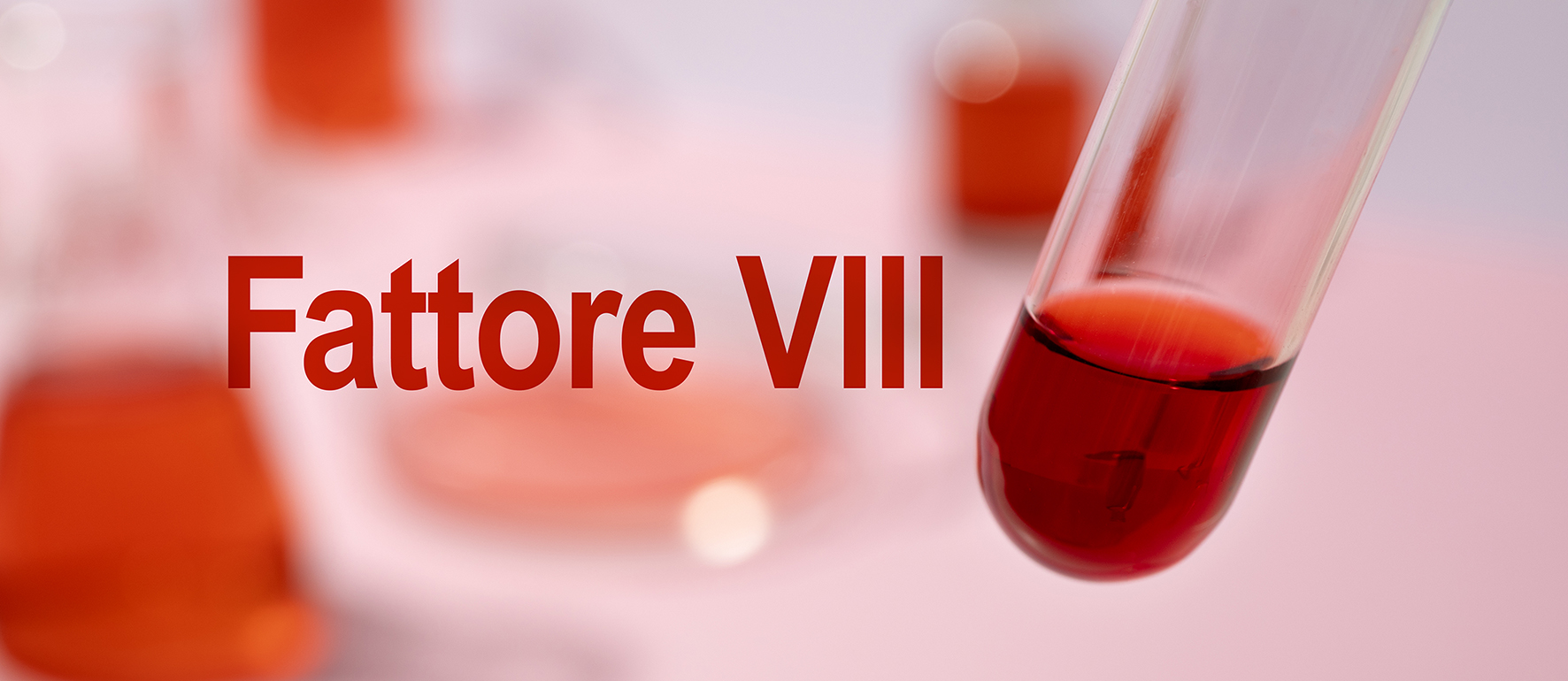The standard of care in severe haemophilia A is prophylaxis, which has historically aimed for a factor VIII (FVIII) trough level of ≥1%. However, despite prophylactic treatment, people with haemophilia remain at risk of bleeds that have physical and quality of life implications, and that impact everyday life. Aim: The aim of this review was to evaluate evidence supporting the relationship between targeting higher FVIII activity levels with prophylaxis and improved outcomes in people with haemophilia A. Methods: We conducted a narrative review that defined the unmet needs and treatment goals in people with haemophilia A, evaluated evidence to support targeting higher FVIII activity levels, and highlighted therapies that may support higher and sustained FVIII activity levels and improved outcomes for people with haemophilia A. Results: Despite recent advances in treatment, unmet needs remain, and people with haemophilia continue to experience joint and functional impairment, acute and chronic pain, and poor mental health. All these negatively impact their health-related quality of life. Evidence suggests that FVIII activity levels of up to 50% may be needed to achieve a near-zero joint bleed rate. However, achieving high FVIII activity levels with current standard and extended half-life (EHL) FVIII replacement therapies is associated with a high treatment burden. Innovative treatment options may provide high sustained FVIII activity levels and improved patient outcomes. Conclusion: Evidence suggests that FVIII activity levels in people with haemophilia A should be sustained at higher levels to improve joint and patient outcomes and enable progression towards health equity
Font:
Site: Data. Haemophilia 2023 Nov;29(6):1419-1429.
Title: Targeting higher factor VIII levels for prophylaxis in haemophilia A: a narrative review
Author: Lynn Malec Davide Matino



